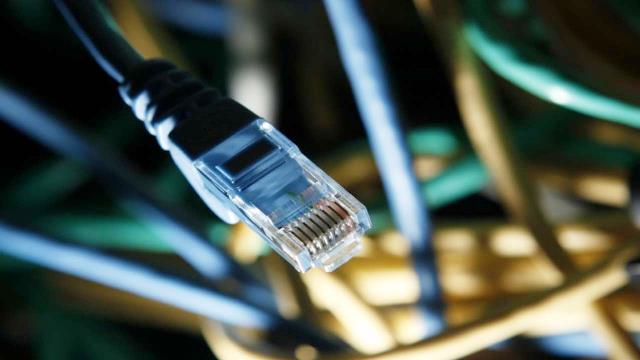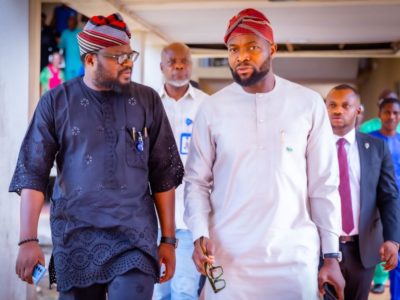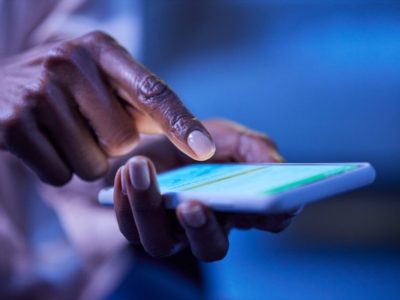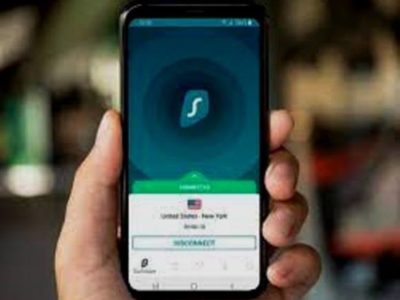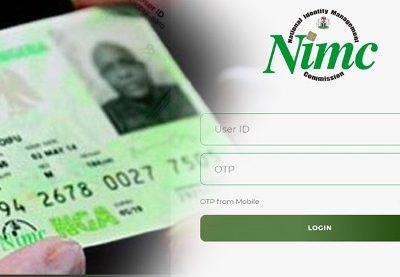Parallel Wireless, the U.S.-based Open RAN innovator, reached a milestone of 1,500 sites deployed across Africa. Parallel Wireless brings communication to regions that were previously unable to access standard and high-speed mobile networks. These installations create greater opportunities to grow mobile operators’ client base while simultaneously modernizing large regions.
Expanding mobile connectivity throughout Africa is a unique challenge due to unreliable or inaccessible sources of electricity and challenging landscapes that make physical access difficult. To address these challenges, Parallel Wireless partnered with regional telecommunications providers and governments in countries including Nigeria, Tanzania, Guinea Conakry, Ghana, South Sudan, Uganda, DRC, and Malawi to deploy hybrid networks tailored to the needs of specific regions within their borders. Parallel Wireless solutions include 2G and 3G for rural areas, and 2G and 4G for urban and suburban areas. On top of an innovative Open RAN solution, Parallel Wireless also provides full turnkey solutions, including transmission, power, and towers, and manages deployments and operations.
“Our extensive and complex deployments were successful due to our familiarity and experience with the region, which helped us navigate the complex environmental challenges and lack of resources in these areas,” said Yisrael Nov, VP Global Sales at Parallel Wireless. “By extending modern networks throughout these territories, and leveraging multiple technologies, a large population will experience a stronger network, bringing them into a new era of reliable connectivity.”
As Open RAN adoption grows, Parallel Wireless is not only proving it out at scale but also preparing networks for future 5G upgrades across Africa.
“Parallel Wireless was founded on the premise of expanding connectivity to the disconnected. This milestone is an affirmation of that commitment,” said Steve Papa, Founder & CEO of Parallel Wireless. “Reliable communication goes beyond convenience for the residents of these nations. These 1,500 sites provide opportunities for residents to not just connect with families but to leverage new technologies that will improve their day-to-day lives.”

